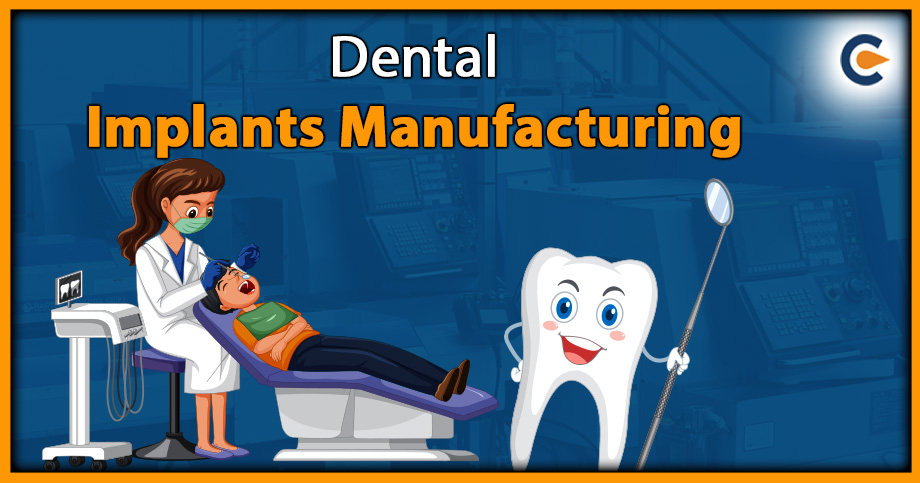A clean room for medical devices is created and maintained so that no dust, bacteria, or contaminants can enter. To keep dust from entering, clean room for medical devices are typically pressured. Air pumps or fans pressurize the space by pumping air through a filter. The air leaves the room rather than being drawn in from outside if anyone opens a door or window. To prevent any dust or contaminants from being tracked in, people working in clean rooms are required to wear protective clothing or aprons. Everyone entering the building must first stand in front of air jets that will remove all the dust and bacteria. Nearly every sector that conducts scientific research or manufactures and packages vital components uses clean rooms. When correctly constructed and designed, they operate effectively. Clean room for medical devices have walls and doors, just like any other typical room, but they differ significantly from ordinary rooms in one crucial way i.e., airflow.
What Is A Clean Room For Medical Devices?
The efficiency and features of medical device manufacturer are greatly influenced by the clean room. A controlled environment with low levels of contaminants such as dust, airborne microorganisms, aerosol particles, and chemical vapour is called a clean room. Depending on the clean room designation, employee gowning should be restricted to lab coats and hairnets or as extensive as being completely covered in several layered bunny suits with separate breathing apparatus. While using a HEPA[1] filter in a clean environment, laminar or turbulent airflow principles are used to produce coarse free air. The entire air dispensing system is encircled by a flawless clean room design, complete with the requirements for acceptable, downstream air returns. Clean rooms are categorized based on air quality. Certain crumb counts, amounts, and computations are required by the clean room classification standard ISO 14644-4 to categorize the degree of cleanliness of a clean room and clean area.
How Do Clean Rooms Support Medical Devices?
When creating and running a clean room for medical devices, medical device manufacturers must overcome various obstacles. The patient must be not only protected from contamination but also from airborne particles and bacteria that can do so. Designing an ideal clean room is essential to creating a safe product since environmental controls are essential to the deployment of a device.
To maintain, clean, and run operations inside the clean room, you should take location and size into account while constructing a facility. Space is a crucial factor since you need enough room for employees, supplies, and equipment to avoid cross-contamination. Similar to any other clean room design, you must take into account factors like temperature, humidity, airflow, and other environmental factors that could put the product in danger of contamination, undermine the atmosphere in the clean room as a whole, or both.
Clean Room Classifications
Depending on how clean the air is in the rooms, clean rooms are categorized. According to the size and number of particles per volume of air, clean room classes indicate how clean the room is. Clean room for medical devices is industrial production facilities used in laboratories for the production of pharmaceutical or medical products.
Typically, medical device manufacturing takes place in a clean room that is ISO 5 (Class 100) to ISO 8 (Class 100,000) compliant. In an ISO 7 (Class 10,000) or ISO 8 (Class 100,000) clean room with an ISO 8 (Class 100,000) gowning room, medical device packaging is normally carried out.
Due to the complexity of clean rooms, each design should be approached individually. We have observed that facilities tend towards a cleaner classification than is now required to future-proof their construction for the changing process needs as device complexity increases and particles become more problematic.
Designing a Clean Room for Medical Devices
- A clean room for medical devices provides the strict environmental conditions needed for various manufacturing operations. Because clean rooms contain intricate mechanical systems and significant operating, maintenance, and energy costs, it’s crucial to carry out the clean room design methodically. It’s critical to evaluate the flow of persons and materials inside the clean room suite.
- Every routine activity needs to be kept apart from individual access entryways and paths since clean room workers are one of the major sources of contamination in clean rooms. To avoid serving as a gateway to other, less basic areas, the most basic locations should have a single point of access.
- Knowing the primary clean room classification standard and what each cleanliness classification’s particulate performance requirements are can help you choose the right clean room classification. The cleanliness classes (1, 10, 100, 1000, 10000, and 100000) and the permissible number of particles at various particle sizes are provided in the standard 14644-1.
- The degree of space cleanliness has a significant impact on the cost of development, maintenance, and energy for clean rooms. It is crucial to evaluate dismissal/pollution rates at different cleanliness regulations and administrative office requirements, such as the FDA. Essentially, the stricter the clean arrangement, the more straightforward the operation.
- Depending on its diverse requirements, your manufacturing process might need a cleaner environment. While assigning cleanliness ratings to each place, exercise caution; there should be close to two sets of extent disparities in cleanliness order between adjacent spaces.
- Maintaining a positive air pressure to adjacent, dirtier cleanliness order areas is crucial for preventing pollutants from entering a clean room. When a space has neutral or negative space pressurization, it is difficult to consistently maintain its neatness characteristic.
- What should the difference in space weights between spaces be? Various analyses compared the weight differences between the ideal room and the adjacent uncontrolled condition vs. contaminant incursion into a pristine room. According to these studies, a weight differential of 0.03 to 0.05 in w.g. can effectively reduce contaminant penetration. The primary factor in determining whether clean rooms offer airflow is the space cleanliness categorization. The air change rate for the clean room should take into account any anticipated movement there. In comparison to adjacent dirtier clean spaces, a Class 100,000 (ISO 8) clean room with low occupancies, low molecule production, and positive space pressurization may use 15 ach, whereas a clean room with high occupancies, visit in/out rush hour gridlock, high molecule production, or unbiased space pressurization will likely need 30 ach.
Factors Influence a Clean Room for Medical Devices
- Temperature: To reduce particulate age and potential contamination, clean room workers wear coveralls or full bunny suits over their regular clothing. For the comfort of the workers, it is essential to maintain a lower area temperature due to their additional clothing. It will be comfortable if the room’s temperature is between 66°F and 70°.
- Humidity: A large electrostatic charge is produced by the strong wind current in a clean environment. Airborne particulate will adhere to the surface when there is a high electrostatic charge on the roof and partitions and low relative humidity in the area. The electrostatic charge is released and all the captured particulate is discharged in a short period at the point when the space’s relative mugginess expands, making the wipe room departs in particular. High electrostatic charge can also affect materials that are sensitive to electrostatic release. It is crucial to maintain a high enough level of relative humidity in the room to reduce the buildup of electrostatic energizes. Considered to be the ideal stickiness level is an RH of 45% + 5%.
- Laminarity: To reduce the chance of sullies entering the air stream between the HEPA channel and the operation, very simple procedures could need a laminar stream. The IEST Standard #IEST-WG-CC006 outlines the requirements for wind current laminarity.
- Electrostatic Discharge: In addition to space humidification, some processes are very vulnerable to damage from electrostatic discharge, so it’s crucial to install a grounded conductive deck.
- Vibration and noise levels: Certain precision operations are sensitive to noise and vibration.
Conclusion
A clean room’s mechanical structure is influenced by several variables, including space accessibility, accessible funding, process requirements, necessary tidiness, risk, energy cost, building cost, construction regulations, and neighborhood atmosphere. In contrast to air conditioning systems, clean room air conditioning systems generously provide more supply air than is necessary to meet cooling and heating demands. Clean rooms form medical devices are elevated accurately and electrically. More mechanical framework area is anticipated to be able to support the clean room as its neatness characterization moves towards getting cleaner. Using a 1,000 square foot clean room as an example, help space requirements range from 250 to 400 square feet for a Class 100,000 (ISO 8) clean room to 250 to 750 square feet for a Class 10,000 (ISO 7) clean room to 500 to 1,000-square-feet for a Class 1,000 (ISO 6) clean room to 750 to 1,500 square feet for a Class 100 (ISO 5) clean room.
Also Read:
CDSCO Registration For Ophthalmic Medical Devices
Impact Of Medical Devices And Equipment On The Environment
CDSCO Registration For Interventional And Radiology Medical Devices – An Overview













